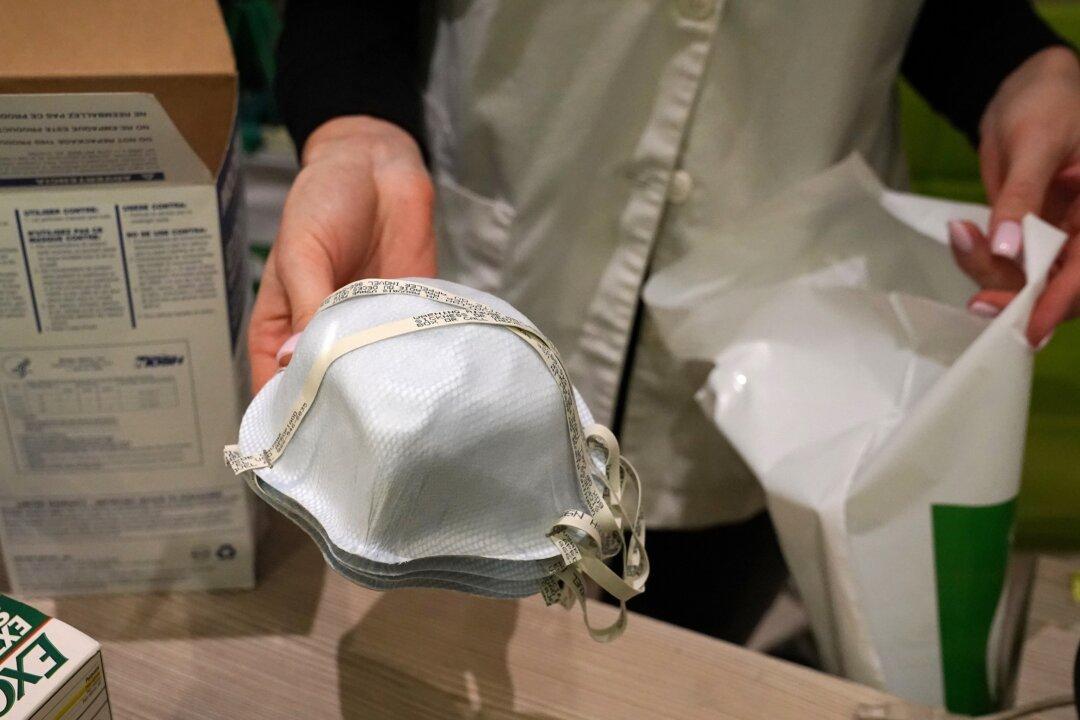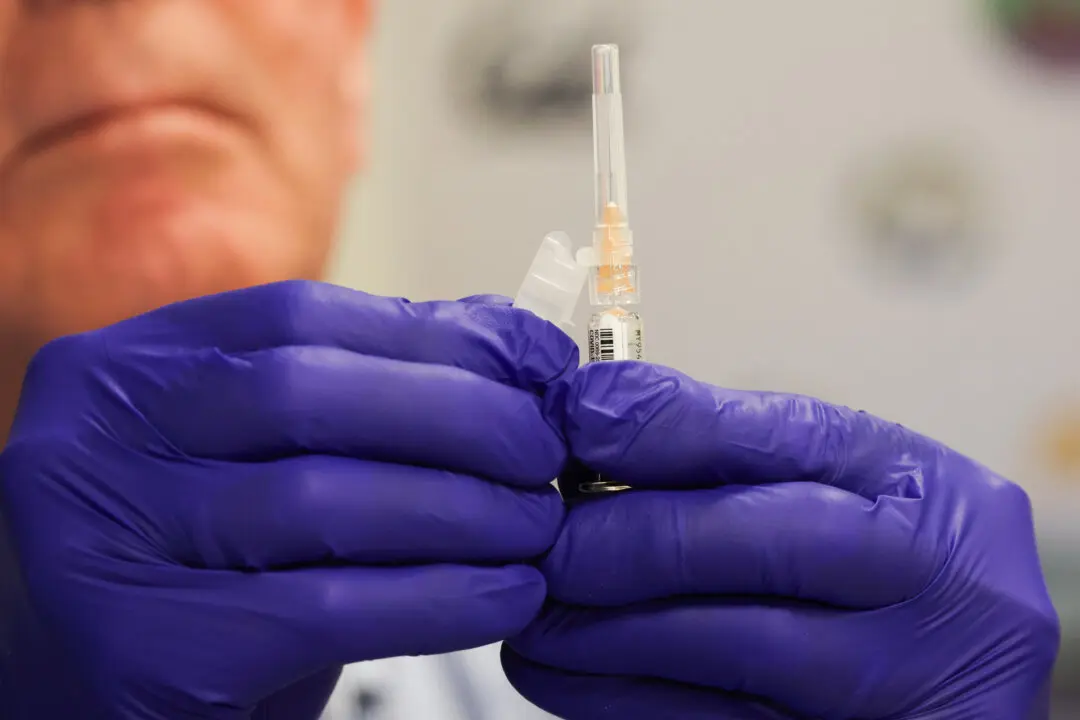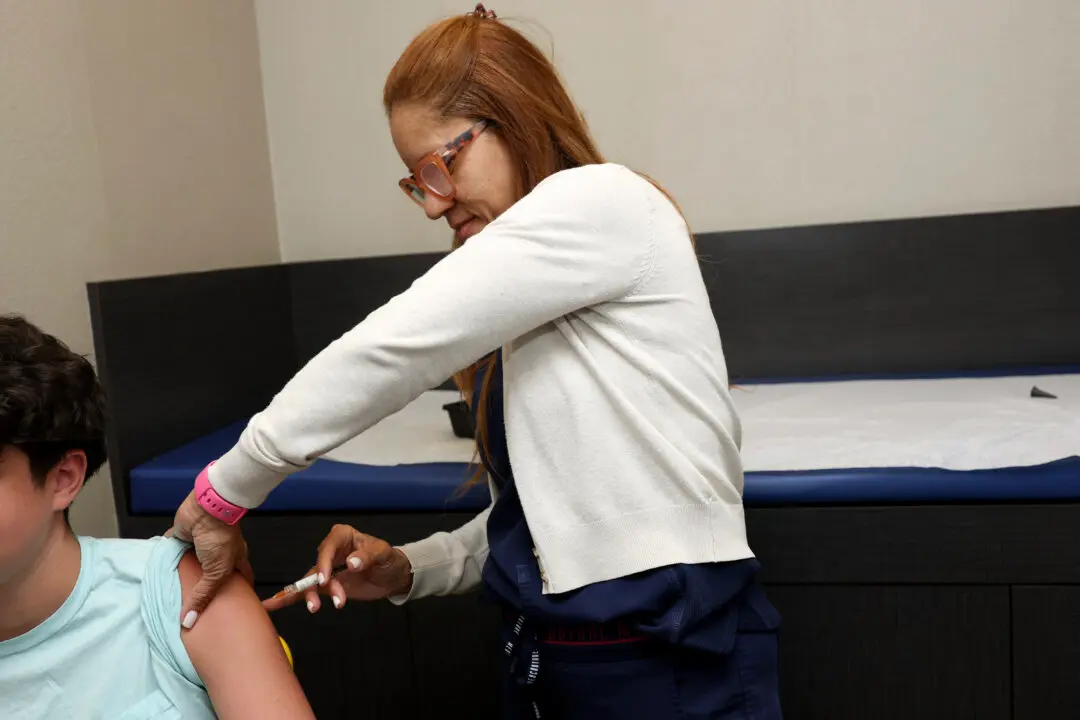The risk to the American public from the new coronavirus remains low, U.S. officials said on Saturday after the country’s first death from COVID-19.
“The risk to the American public remains low. We should anticipate more cases but the risk to the American public remains low,” Dr. Robert Redfield, director of the Centers for Disease Control and Prevention (CDC), told reporters at a press conference at the White House.





